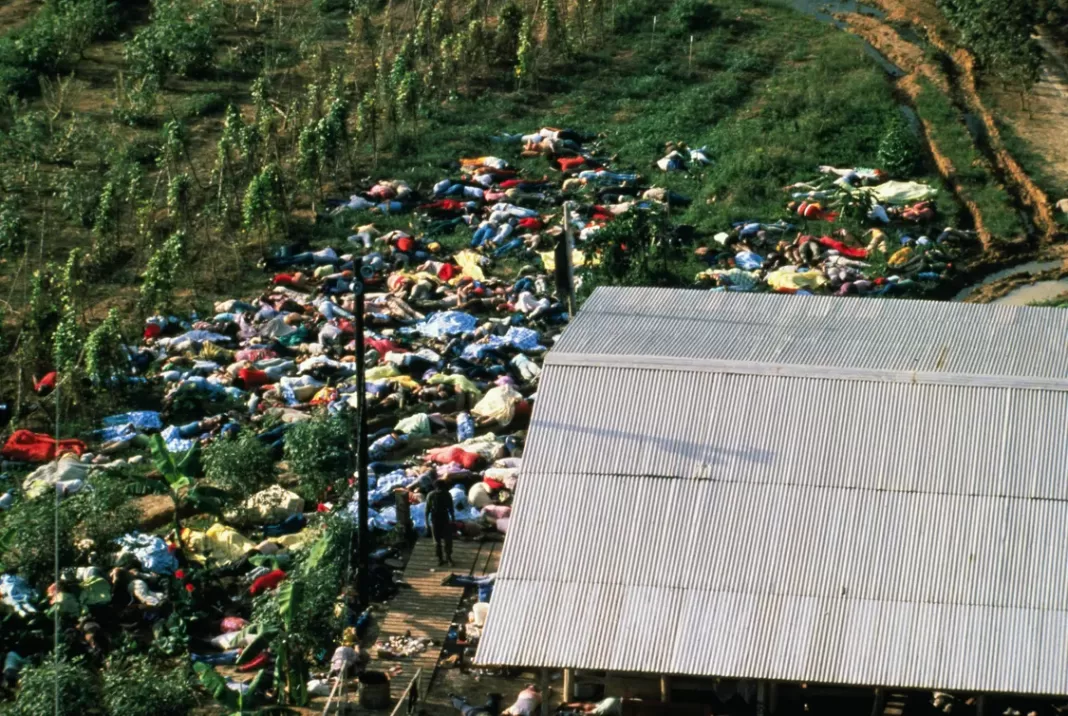- EDITORIAL BRIEF: Although the Kilifi cult church massacre and the Jonestown massacre share some differences in that the Jonestown massacre took place in Guyana, South America 45 years ago, while the Kilifi cult church massacre took place in Kenya recently, they also have notable similarities. For instance, both incidents involved cults with charismatic leaders who held a considerable degree of power over their followers, resulting in mass killings and suicide. But what really transpired in Jonestown Massacre?
The Jonestown massacre of November 1978, before 9/11, was the largest single intentional civilian death in American history. The charismatic leader of an American cult in the Guyanese jungle, Jim Jones, ordered his followers to murder a US congressman and several journalists and commit mass suicide by drinking cyanide-laced fruit punch.
More than 900 people died, including many children, and it became a devastating cultural trauma. The legacy of Jonestown lives on in the ironic phrase “drink the Kool-Aid”. Jim Jones was born to a poor family in Indiana, and his idiosyncratic blend of evangelical Christianity, New Age spirituality and radical social justice attracted an enthusiastic following.
He called his burgeoning church the Peoples Temple. The Peoples Temple advocated socialism and communitarian living and was racially integrated to an exceptional standard rarely matched since. In the 1970s, the Peoples Temple had gained significant political influence in San Francisco.
Jones had fierce advocacy for the downtrodden, which earned him the admiration of left-wing icons like Angela Davis and Harvey Milk and the support of groups like the Black Panthers. However, there were signs of a sinister undercurrent to the Peoples Temple.
Members were expected to devote themselves completely to the church’s utopian project, and they turned over their personal wealth, worked long hours of unpaid labor for the church, and often broke contact with their families. They were expected to raise their children within the commune.
The Peoples Temple was politically useful: Jones could be counted on to deliver busloads of obedient, well-dressed disciples to demonstrations, campaign rallies, and political precincts. Jones, who had long believed the US was in danger of imminent nuclear holocaust, had been searching for a place where his church would be “safe” during an apocalyptic event.
In 1977 the Peoples Temple moved its headquarters to a remote area of Guyanese wilderness. Here, Jones declared, they could build a utopian society without government or media meddling. They began to convert the dense jungle into a working agricultural commune, soon known as “Jonestown”.
Jones’s writ was enforced by armed guards who kept the population in check. People were denied communication with the outside world and were punished severely for breaking any rules. The Jonestown massacre has been the subject of several documentaries, books, and movies, but it remains one of the darkest moments in American history.



